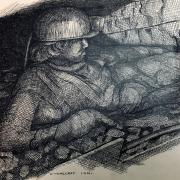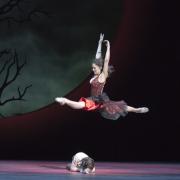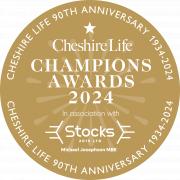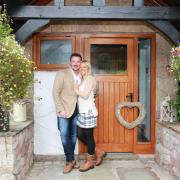A well-connected village that’s perfect for a spree
Lymm is the prettiest location for a spot of retail therapy. It’s well-connected to the big cities but a world away from the metropolitan hustle and bustle.
Here is an idyllic setting and much sought-after location in the heart of the Cheshire countryside.The conservation area is where you can check out the charming architecture of this residential village and one of the intriguing landmarks is Lymm Cross, which dates from the early to the middle 17th century. Constructed of sandstone it was restored in 1897. Above the cross is an extension which carries a stone ball and an ornate weather vane. On the east, south and west gables are bronze sundials of 1897 carrying the inscriptions ‘We are a Shadow’, ‘Save Time’ and ‘Think of the Last’.
What a pleasant place this is for a spree. Maybe you fancy sprucing up the home with a few well-chosen pieces from the local interiors shop? Or buying someone a unique gift of a painting from an art gallery? In Lymm you can find anything from a pair of shoes to delicious farm produce.
Stroll around the village, maybe shopping for freshly baked bread at the local bakery, or for pretty jewellery and gifts for a loved one. Buy something to wear perhaps, or if you’re planning for the big day then hit the local bridal shop.
A day in Lymm should include a visit to one of the restaurants or lovely hotels for a delicious lunch. You can dine at everything from a rural inn immersed in rustic charm, to a lively neighbourhood Italian.
The family restaurants in the village are renowned for their welcoming atmosphere and are always a popular choice with the locals.
This is a location steeped in history. Lymm’s waterways date back to the 1770s when the Duke of Bridgewater created them to transport coal from Worsley. He built the Bridgewater Canal and this became the catalyst for the famous Manchester Ship Canal, although there is a more ancient precedent for this watery heritage. The name Lymm is of Celtic origins and means a ‘place of running water’ and is likely derived from an ancient stream that ran through the village centre.



























